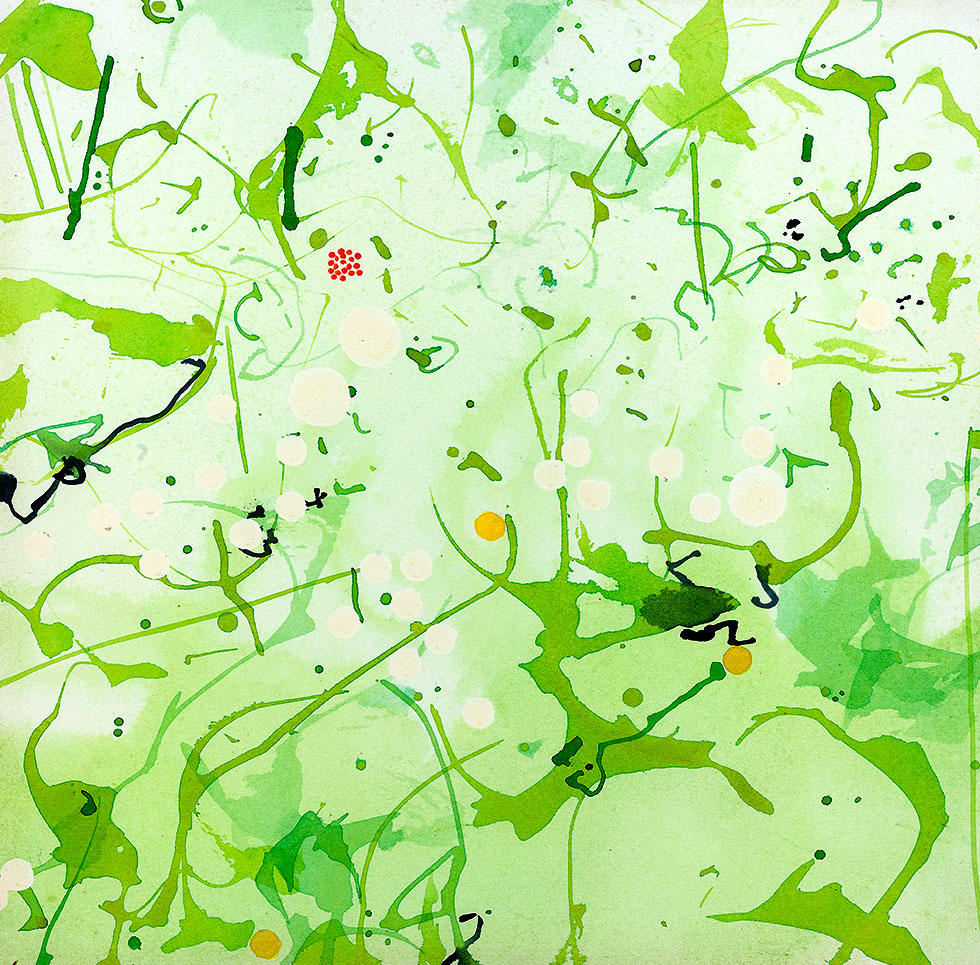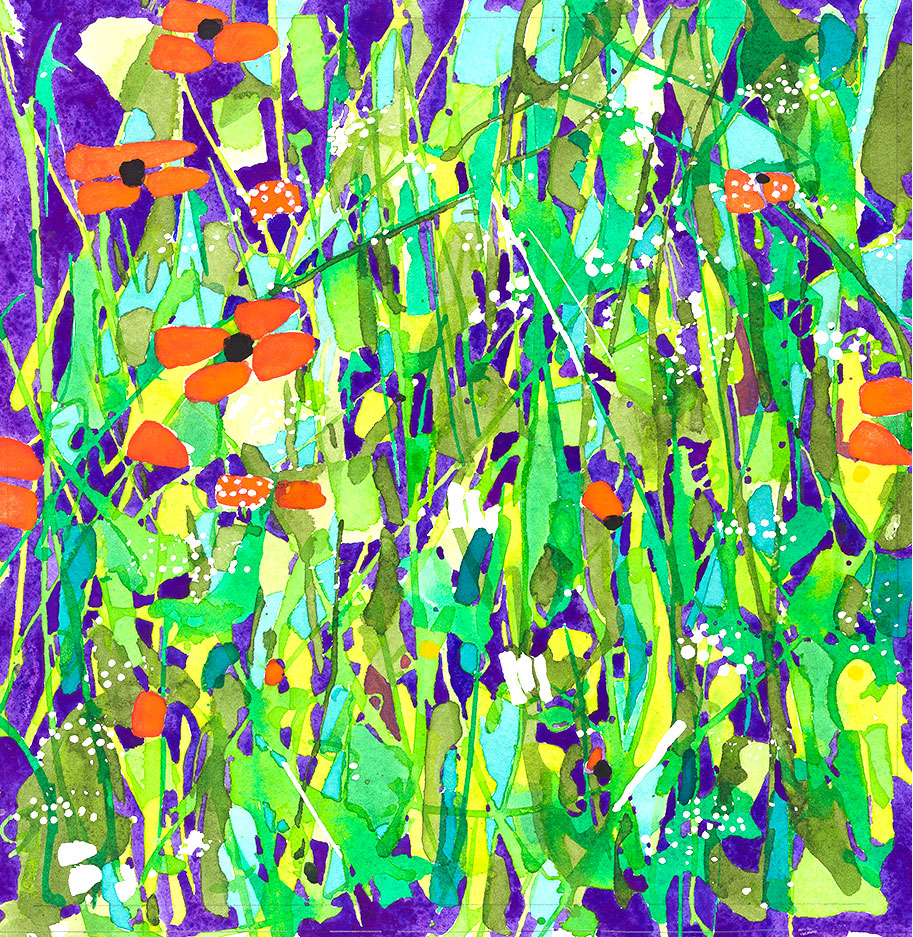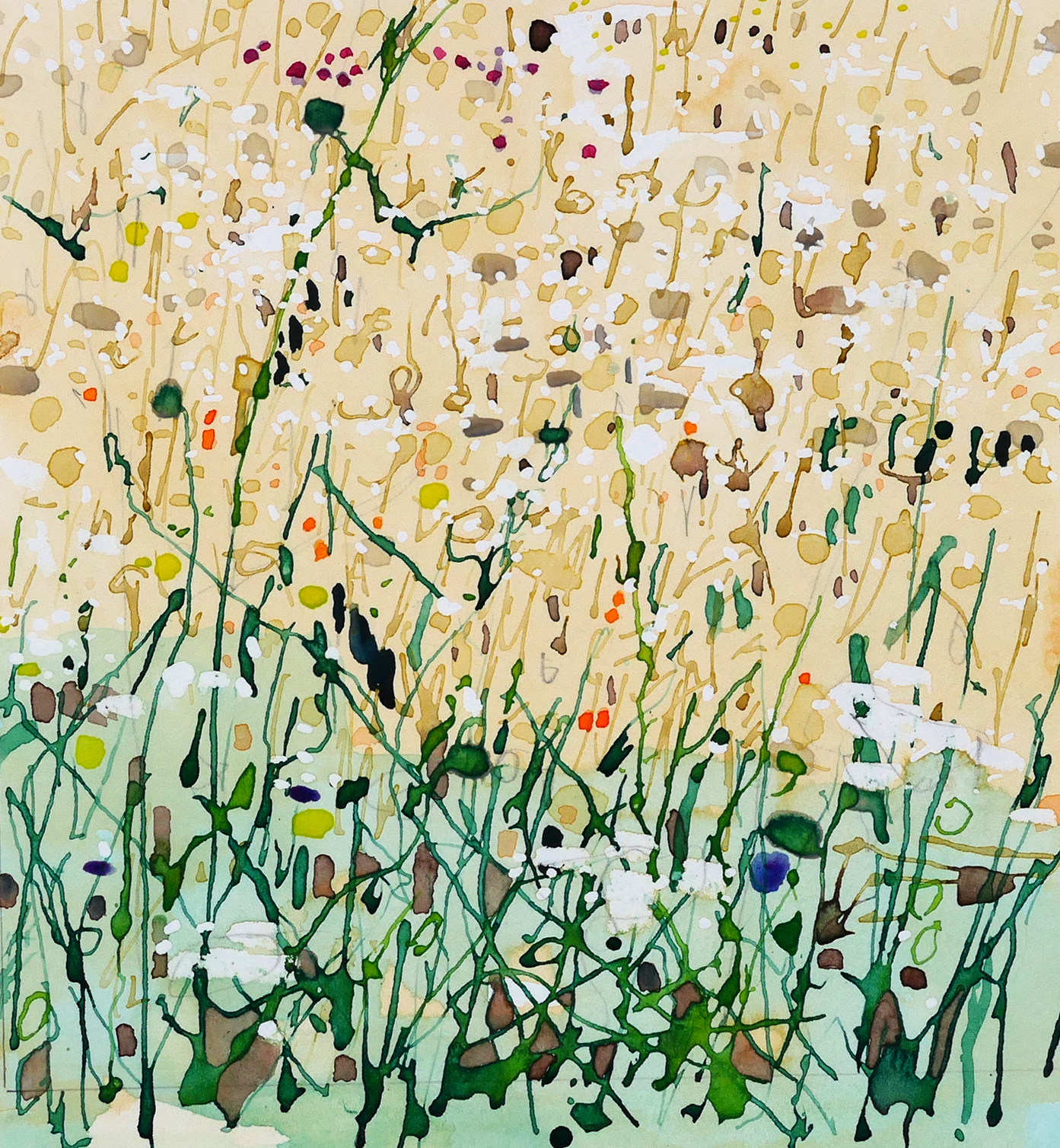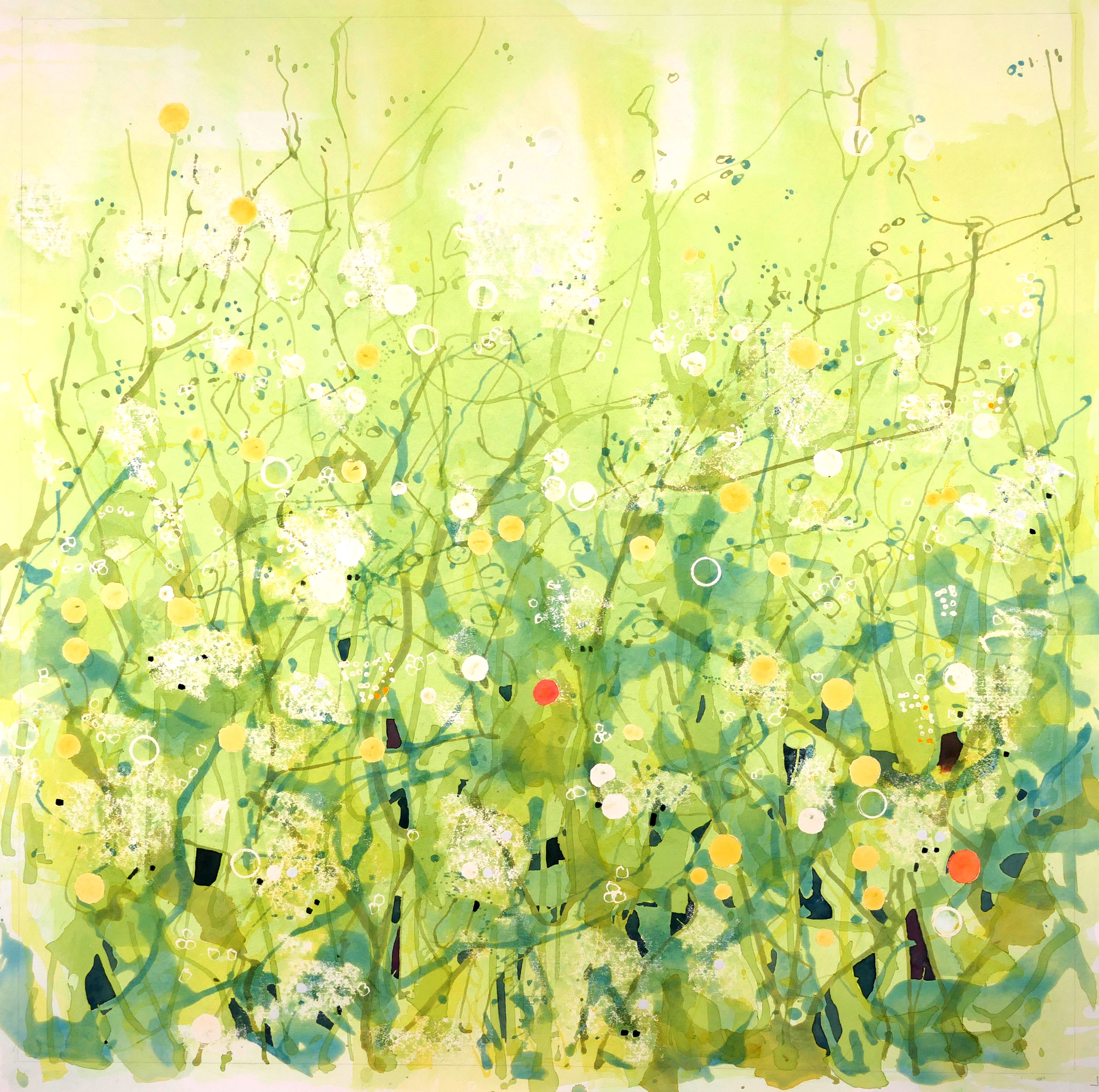
Wildflowers 1, 2019

Wildflowers 2, 2019

Wildflowers 3, 2019

Wildflowers 5, 2019

Wildflowers 5, 2019

Wildflowers 2, 2019

Wildflowers 3, 2019

Wildflowers 7, 2021

Wildflowers
Wildflowers used to be prolific in the British landscape - thanks both to our varied geology and our mild climate. In the 1960s however, the rationalising of agricultural methods together with the decision to join the Common Market ruthlessly promoted better farming productivity. This included removing the hedgerows which divided farmland into small fields and the increased use of pesticides and fertilizers. These practices were totally at odds with ancient ecozones where wild flowers had flourished over the millennia.
The Greek peninsula, in contrast, still maintains an ideal habitat for wild flowers. The Mediterranean climate and deeply folded underlying limestone geology are together an ideal biome, free of agricultural chemicals. The exuberant display of colour in the spring is a painful reminder of what we have lost in Britain in our bid for efficiency. The distribution of concerts of wild flowers seem to sing with unpredictable beauty, but their structure has an underlying logic. A believer in the concept that, on death, our souls are manifested in flowers, might conjecture these overwhelmingly beautiful sights are the souls of Greeks of earlier civilisations.
The delight and pleasure gained from the complexities of these visual choruses is as much a result of the rhythm of the spaces between the supporting stems of the flowers as of the colours, shapes and compositions.
All of these artworks are available for purchase. Please click each image for more information or enquire.